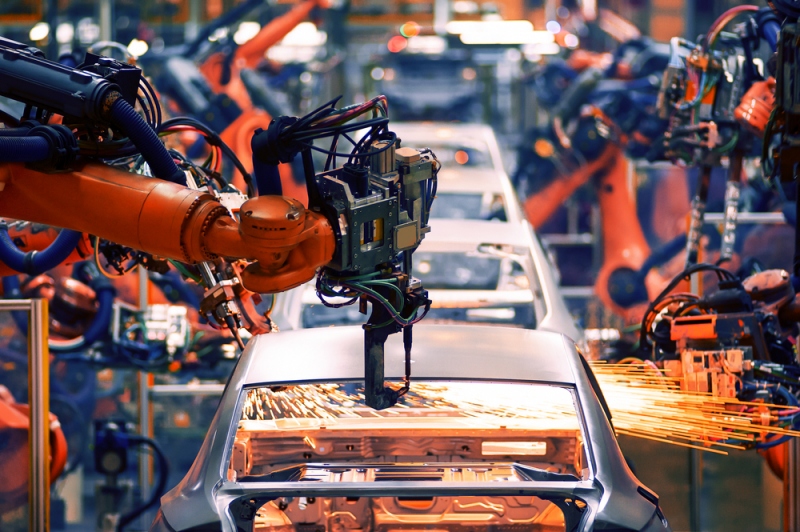Assembly lines are the heart of any production enterprise. When Henry Ford introduced his conveyor, it was ahead of its time. It was called a “father” of assembly lines because it allowed for mass production. Since then the plant engineers experimented with the production lines to enhance their efficiency, operation speed, material handling capabilities, and more. The innovation always brings a set of benefits to manufacturers and people who work with the equipment directly. Let’s learn about the automation more and determine the pros and cons.

Benefits By Automation Types
There are different automation types that follow particular rules and imply different approaches to equipment settings. The combination of the rules and approaches defines the type of a resulting smart assembly line. Among the common benefits that companies get from such assembly lines are the following ones:
– Less human labor required, especially to accomplish simple tasks.
– The production process goes faster and has a fewer failure rate.
– The quality checks can be performed without human intervention.
– The production activities do not stop due to human absence.
And every automation type brings some extra benefits that depend on how exactly the smart assembly line works, what particular tasks does it automate.
Fixed automation or hard automation means using a piece of special equipment to automate a specific operation or a set of them in an assembly line sequence. The operations are usually basic and include linear motion, rotation, or both in a simple combination. The equipment automated this way can further produce only one type of a product.
Due to the detailed architecture and simplicity of actions, such assembly lines boast particular benefits:
– Under fixed automation, the smart assembly line manufactures products at higher rates.
– The cost of products created this way is cut.
Yet there is a clear disadvantage – if there is a need to apply certain changes to product design, it can be a complex challenge.
Programmable automation allows for the manufacturing of different types of products, unlike hard automation. The sequence of operations that the automated equipment performs is controlled by a special software. This software sends the instructions to the equipment, which then produces the predefined type of product. The software can be reprogrammed to control the creation of other products.
The benefits are:
– With programmable automation, it is possible to create different types of products on the same equipment.
– Such assembly lines are suitable for serial production.
But remember the disadvantages too – these assembly lines produce fewer items and require a higher investment.
Understanding flexible automation is simple if you grab the idea of programmable automation. Flexible automation allows producing different types of items. The equipment does not require time to switch from one production style to another, as well as the software does not have to be reprogrammed.
Take a look at the advantages:
– This assembly line is capable of producing diverse products with no time lost.
– Easily deals with different item production patterns.
Still, there are things to consider. Flexible automation requires more time and effort to be applied, and other disadvantages also include the high cost of produced units and high investment rates.
What Else to Consider
The proper planning of automation is the most important part when you create a smart assembly line. Minimizing the variations allows producing more product items for fewer costs with the help of hard automation. If you need to apply any changes consider implementing either programmable or flexible automation. Other factors to consider are your customers’ needs, a product lifecycle and the market you operate on.










Comments